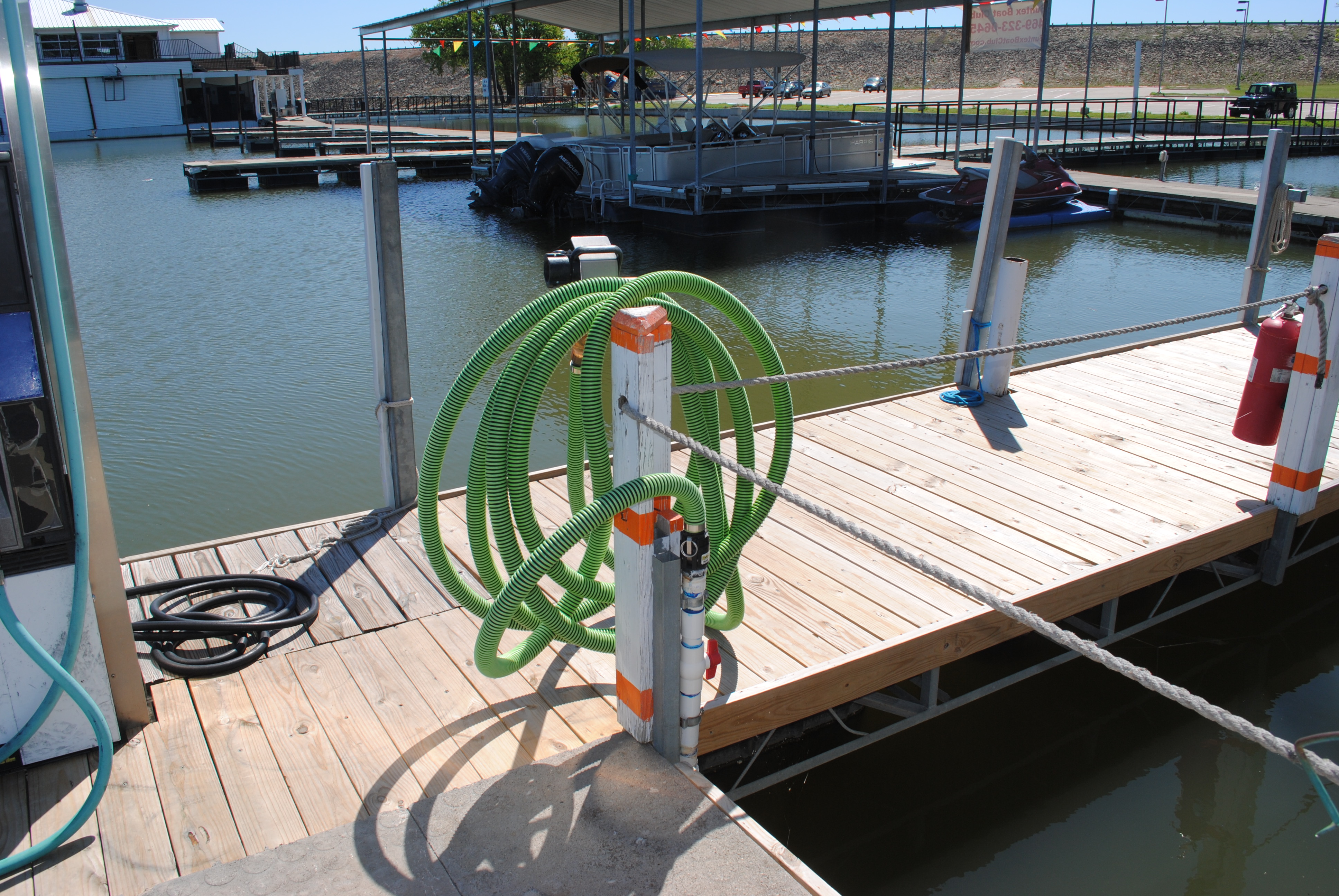
Blood Borne Pathogens: Preparing for the Unseen Danger
Published on May 1, 2019As many marinas begin to staff up for the 2019 boating season, employers must be sure to update the written blood borne pathogen program, train all employees in the facility on the dangers of blood borne pathogens and maintaining the proper records related to occupational exposure. A key element for any marina owner or operator is to have knowledge related to the types of blood borne pathogens. In order to maximize employee protection, employers should know the likely sources or exposures each employee may face as part of their job.
What is a BBP?
The Occupational Safety and Health Administration (OSHA) defines a Blood Borne Pathogen (BBP) as a “pathogenic microorganisms that are present in human blood and can cause disease in humans.” The Center for Disease control also states that bodily fluids such as urine, vomit or feces can be a source of BBPs. OSHA’s requirements for employers related to BBP can be found in 29.CFR.1910.1030, which applies to all occupational exposure to blood or other potentially infectious materials. Blood Borne Pathogens can lead to illnesses such as Hepatitis B (HBV), Hepatitis C (HCV) or Human Immunodeficiency Virus (HIV). Other dangers may include exposures to bacterium that can be a source of MRSA or other forms of Staphylococcus.
Employee Exposure
In the marina setting, a common source for exposure to BBPs comes during the pumpout process. Very often, the black tank on a vessel may be pressurized and may expel waste during the opening of the tank. Other times, the pumpout hose may not be properly attached to the vessel causing employees to get sprayed with waste. Other areas of exposure may include cleaning the restrooms or perhaps cleaning up behind the customer that consumed too much alcohol and has vomited on a dock. With the rise in the opioid crisis, it is quite possible to have an exposure from a used needle that was improperly discarded in a trash can.
Personal Protective Equipment (PPE)
Employees conducting pumpout procedures should be required to wear disposable gloves and eye protection. In this case, even though they may not be chemical or impact resistant, sunglasses as eye protection would be better than no eye protection. After the pumpout, employees should be required to wash hands with antibacterial soap and warm water or use hand sanitizer.
Employers should consider cleaning pumpout attachments and hoses. Fittings can be placed in a bucket of water/bleach solution and then the solution can be pumped through the hose. As a best practice, employees should be encouraged to keep a change of clothes at work in case of exposure. With proper PPE, employees may only need to shower and change clothing. PPE should be considered for other areas as well. Leather gloves are a good solution to avoid sharp objects that may be discarded in the trash can.
Marinas should consider installing a ‘sharps’ disposal unit in the restrooms and having a third-party service handle disposal.
Exposed Employee
In the event an employee is exposed, there a several specific actions required by the employer. First, it is imperative to document the circumstances of the exposure and the source where possible. The employer must offer a post exposure medical evaluation by a healthcare professional. With employee permission, this evaluation may include testing the exposed employee’s blood for BBPs. Additionally, the employer is required to make the Hepatitis B vaccine available. Should the employee decline the vaccine, the employer should document the offer and decline. The employer is responsible for the any post exposure medical cost.
Final Thoughts
When it comes to BBPs, employers often fail to have a written exposure control program, fail to enforce the use of PPE, and fail to comply with requirements after an exposure. Training is often overlooked as well. Training is required upon hiring a new employee and then annually thereafter. Training must cover topics such as a copy of the 29.CFR.1910.1030 standard, types and symptoms of BBPs, employer’s exposure control plan, safe work practices and PPE, information on the Hepatitis B vaccine, what to do if exposed, and information on post exposure medical care. Lastly, one caveat of the BBP program relates to the ‘good samaritan’ rule. For example, if an employee is assisting another employee with first aid this would not be considered an occupational exposure.
Robert Smith is executive director of Fisher Phillips Safety Solutions. He can be reached at rsmith@FPSafetySolutions.com or 404/240-4147.
| Categories | |
| Tags |





